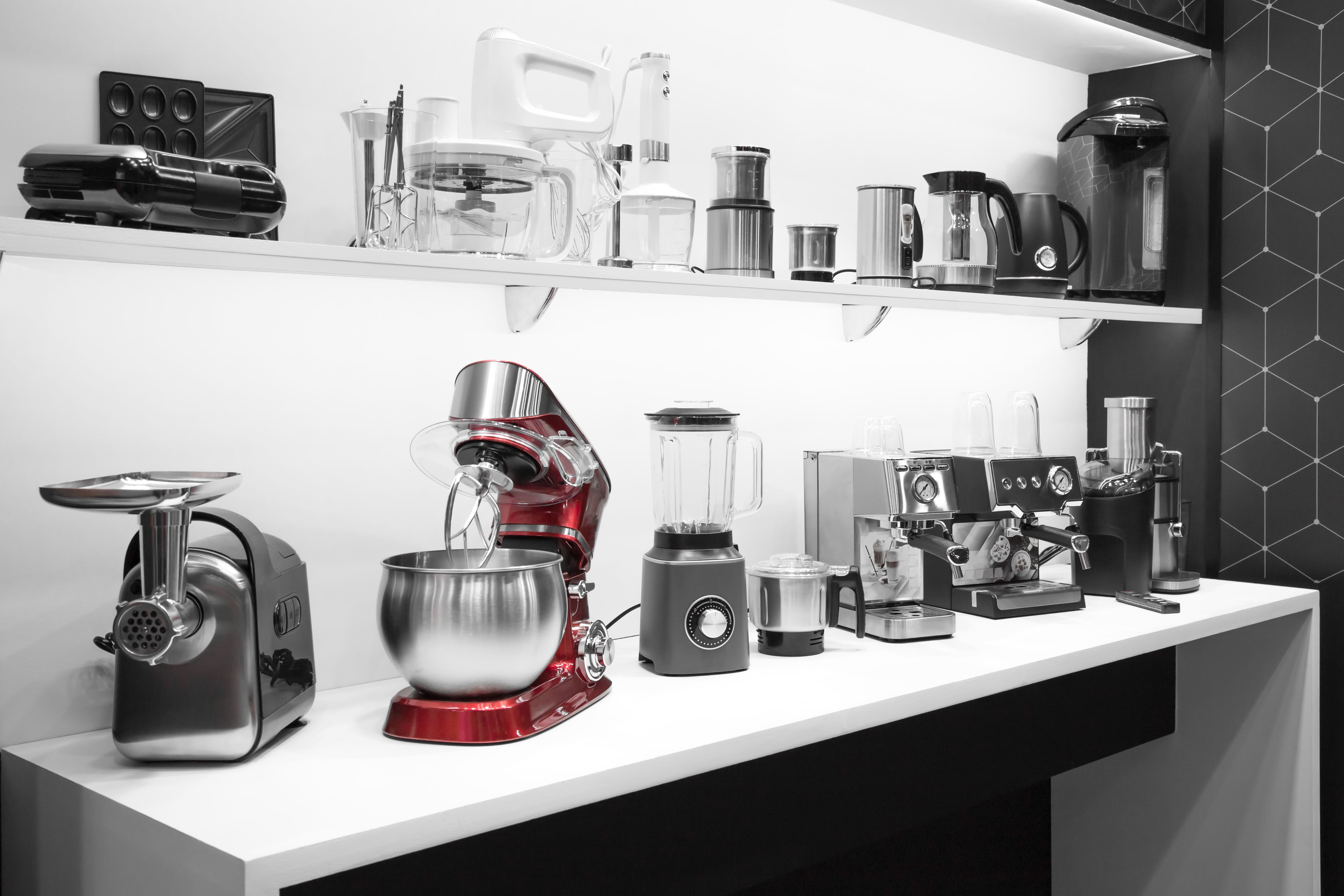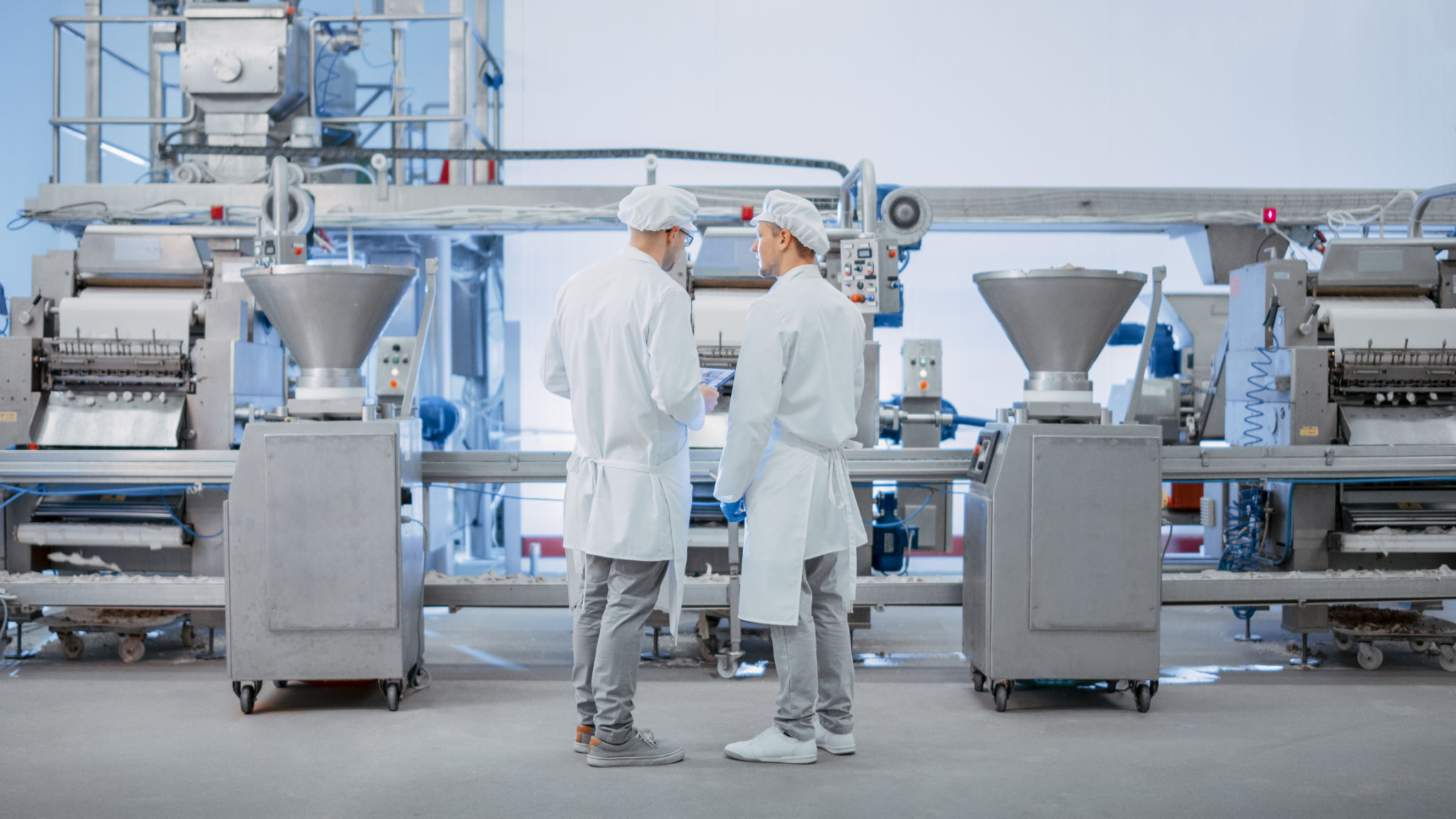The Ultimate Guide to Commercial Blenders for High-Volume Food Processing
Understanding the Role of Commercial Blenders
In the world of high-volume food processing, commercial blenders are indispensable tools. They are designed to handle large quantities of ingredients, making them ideal for restaurants, catering businesses, and other food service establishments. Unlike household blenders, commercial blenders offer more power and durability to withstand continuous use.
These robust machines help streamline kitchen operations by efficiently blending, pureeing, and sometimes even cooking ingredients. This results in quicker prep times and more consistent food quality, which is crucial for maintaining customer satisfaction in a high-demand environment.

Key Features to Consider
Motor Power and Speed
The motor is the heart of a commercial blender. When choosing a blender, consider one with high horsepower, as this determines its ability to handle tough ingredients like ice or nuts. Most commercial blenders range from 1 to 3.5 horsepower, with higher power offering greater versatility.
Durability and Construction
For long-lasting performance, opt for blenders made with durable materials like stainless steel or heavy-duty plastic. These materials ensure that the blender can endure the rigors of a busy kitchen. Additionally, look for models with reinforced blades and sturdy bases for added stability during operation.

Types of Commercial Blenders
Commercial blenders come in various types, each suited for different tasks:
- Countertop Blenders: Perfect for general blending tasks, these are versatile and easy to use.
- Immersion Blenders: Ideal for blending soups and sauces directly in the pot.
- Specialty Blenders: Designed for specific tasks like making smoothies or frozen drinks, with features tailored to those needs.
Choosing the Right Blender for Your Needs
Selecting the right commercial blender depends on your specific needs. For instance, if your establishment frequently serves smoothies or frozen drinks, a blender with a powerful motor and ice-crushing capabilities is essential. Conversely, if you need to blend large batches of soups or sauces, an immersion blender might be more suitable.

Maintenance and Care Tips
Regular maintenance is key to ensuring the longevity of your commercial blender. Here are some tips:
- Clean the blender after each use to prevent residue buildup.
- Check and replace blades as needed to maintain optimal performance.
- Ensure all parts are dry before reassembling to avoid mold growth.
By following these maintenance tips, you can extend the life of your blender and maintain its efficiency in your kitchen operations.
The Cost Factor
The price of commercial blenders varies widely based on features, brand, and build quality. While it might be tempting to opt for a less expensive model, investing in a high-quality blender can save money in the long run by reducing the need for frequent repairs or replacements.
Consider your budget but weigh it against the expected usage and demands of your kitchen environment. Often, higher upfront costs translate into better performance and durability.

Conclusion
Commercial blenders are valuable assets in any high-volume food processing environment. Understanding their key features, types, and maintenance needs can help you make an informed decision that enhances your kitchen's efficiency. With the right blender, you can ensure consistency in your recipes and satisfaction among your customers.
Commercial Blender: Powerful blender for smoothies, sauces, and food processing in high volumes.
Commercial Kitchen Marketplace
Your one-stop online destination for equipping professional kitchens. Discover a wide selection of durable, high-quality commercial-grade appliances, from heavy-duty ovens and refrigeration units to efficient food preparation tools and essential kitchenware. Visit our store: http://avice.org
